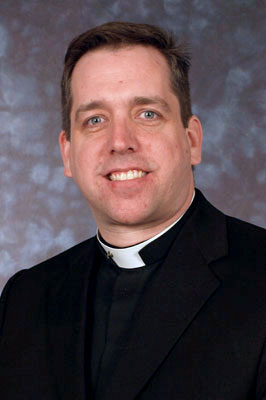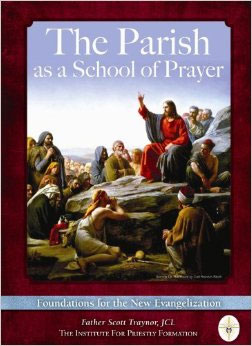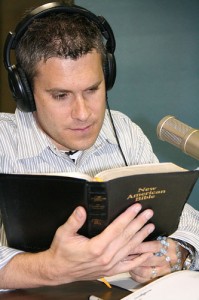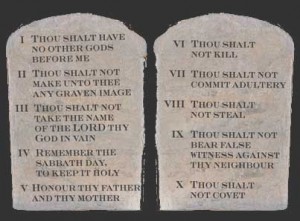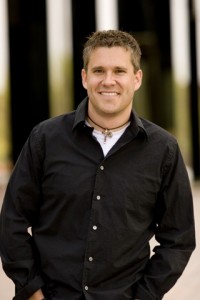SP#4 The School of Prayer: Foundations for the New Evangelization
Podcast: Play in new window | Download (Duration: 29:30 — 27.0MB) | Embed
Subscribe: Apple Podcasts | Spotify | Amazon Music | Android | Pandora | iHeartRadio | JioSaavn | Podchaser | Gaana | Podcast Index | Email | TuneIn | Deezer | Anghami | RSS | More
Fr. Scott Traynor talks about the suffering of fear. Thoughts, feelings, and desires all come into play in our understanding of this topic. Wherever there is fear there dwells an experience of pain and wounding, which perfect love desires to heal. The love of God is the remedy and our prayer opens the door to healing and/or union with the One that loves perfectly. Our response in not trusting that love and areas of unforgiveness can be a block to that healing. How do we, in our united prayer with God, overcome this obstacle?
In Father Scott Traynor’s book, Blessed John Paul II’s memorable call to make of the parish a school of prayer takes on flesh and becomes concretely attainable. Those you read these faith-filled pages will find renewed desire to create such parishes and a clear road-map toward this goal.
–Father Timothy Gallagher, OMV
Father Scott Traynor received his STB from the Pontifical Gregorian University and his JCL from Catholic University of America. He has been an instructor and spiritual director for many of the programs at the Institute for Priestly Formation.
Father Traynor is a retreat master and spiritual director who has travelled the country as a speaker at various conferences, diocesan gatherings and national conferences.. He is especially sought after to present on the topics of prayer, discernment and priestly identity and mission.
He serves the Rector of the St. John Vianney Theological Seminary in Denver Colorado.

